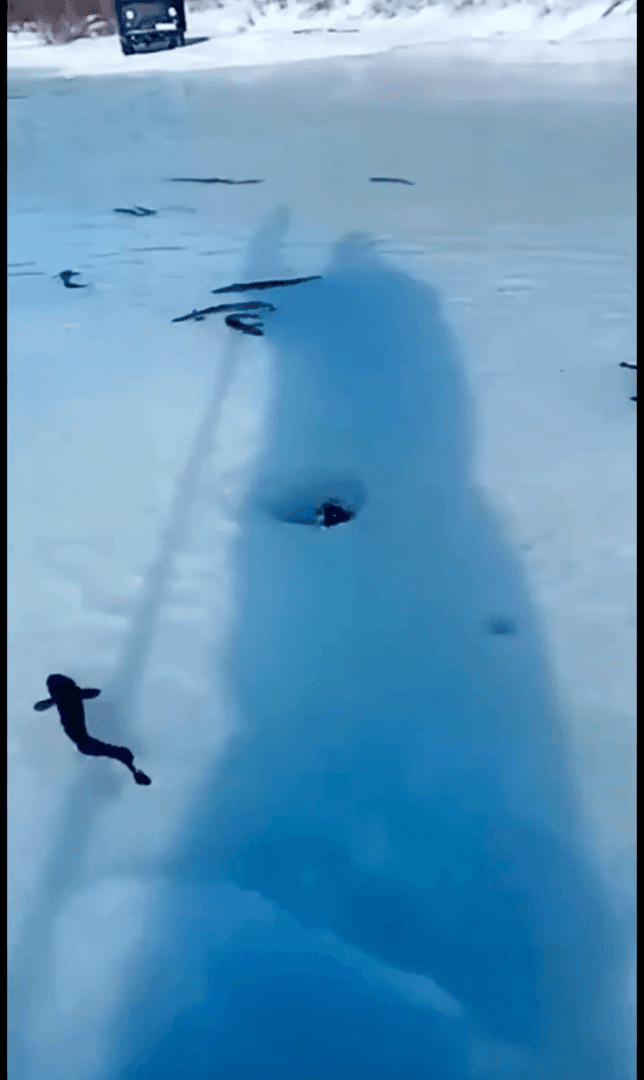
Sarah Beth Lawhorn — bow hunter, Instagram blogger, and star of women's hunting in the US Sarah Beth Lawhorn is a professional hunter, blogger, and influencer who actively promotes women's hunting in the United States. She is well known on Instagram, where she has over 130,000 followers. Sarah has become a true voice for women in the hunting world, combining tradition, personal experience, and modern media. How did Sarah Beth Lawhorn get into hunting? Sarah started shooting at the age of 8, participating in 4H shooting competitions. At 14, she went on her first hunt with her father — for wild turkey. Since then, hunting has become her way of life. In 2018, she took part in the popular show “For Love or Likes” on the Outdoor Channel, where she demonstrated her hunting skills and won the respect of the audience. Where Sarah Lawhorn hunts: locations and favorite areas Sarah's main hunting ground is southern Ohio, near the Hocking Hills Nature Reserve. There she practices both fall an
Post: 1 July 12:48
















































